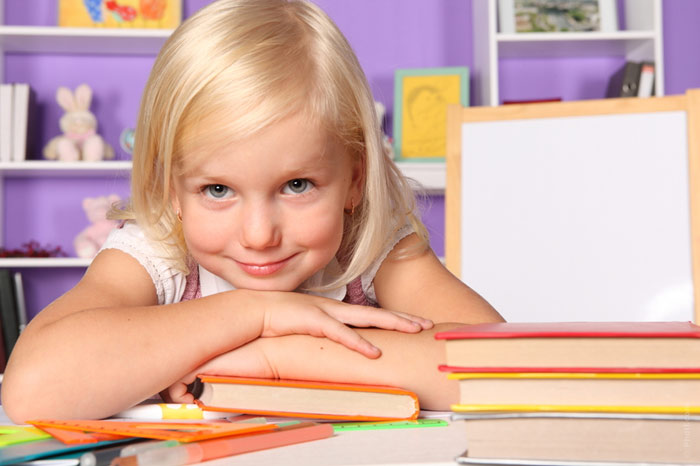Thinking of the future when designing a kid’s room
The future is always somewhere far ahead when a baby arrives in the family. The here and now is what seems to be most important as the new one becomes settled into its environment. The nursery will have its crib, gentle and soothing colors of paint on the walls, perhaps a soft carpet and all the accessories needed to change and clothe the newborn as well as some soft toys and a musical mobile to attach to the side of the crib.

Parents devote much energy and imagination into a child’s first room and can forget how quickly children grow up. Babies become toddlers, toddlers go to kindergarten then school, become tweens and then teens. It means that a kid’s room is going to have to evolve with the ages, so planning ahead for new decoration and furniture at an early stage is both eminently practical and also a sensible way to organize the financial costs down the line.
A safe and secure space
Children need to feel safe and secure, and a room that offers them that will help them move through their early life stages. It’s often the constants in a room that are most important. The bed is crucial; it is the resting place and sometimes a place of refuge. Some cribs can be turned into toddler beds and then into regular beds, and though not all children necessarily want consistency, it can be reassuring to have furniture that is familiar.
The same goes for closets, desks and bookcases. Simple designs that will hold treasured clothes, books and objects will enhance the child’s sense of security.
Room for storage
Practical storage for a child’s room can easily be overlooked but it’s an essential part of making the space work to its best advantage. As the child grows there will be different things that need to be stored. For a toddler, it’s likely to be a whole range of toys, but as the child gets older and develops different interests there may be a need for somewhere to store artwork or models. Advance planning can help getting the right type of storage.
Wall decoration
Tweens and teens tend to develop their own ideas of color schemes in their bedrooms. Fairy pink and starburst silver may be the choice for some, or deeply gloomy purple, red and black for others. Walls should be easy to paint, and color schemes will progress as the child gets older. For toddlers, a washable finish is key, but it’s also sensible to have this for the older ones as well.
To help make the space their own, add in a range of artwork such as family photos or pictures that make a particular connection with somewhere the family has been or that the child just likes. Visual stimulation is as valuable as learning how to read and write.
Future shock
Kids grow up quickly. It can be a shock to realize that the babe in arms is now an intelligent, loving and questioning young person. Good planning for their rooms as they grow up can make a real difference to them.
